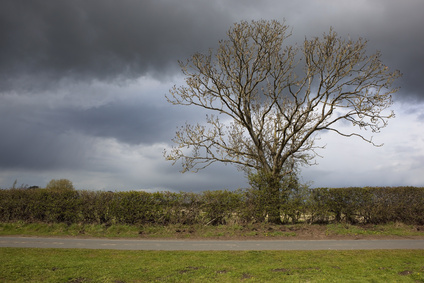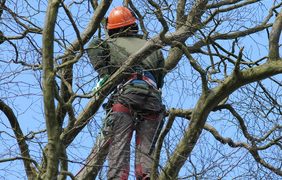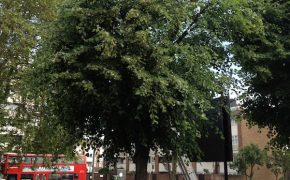
Get a quick no obligation quote It’s free and will only take a jiffy!
Ash Dieback Crisis Hits Essex
On 25th October, the ash dieback disease was confirmed as being present in ash trees in woodlands within Norfolk and Suffolk. The disease arrived from Europe where it has devastated 90% of the species in Denmark and now experts say it poses a real danger to the UK’s 80 million ash tree population.
Just this week cases of the deadly disease have been confirmed in Essex and Kent.
The University of East Anglia is mapping local sightings that are submitted through an app called Ashtag and passing the information on to the Forestry Commission. If you have ash trees located close to you, check them out for signs of the disease.
How to Spot Ash Dieback
- Leaves – if an ash tree is infected, the leaves will be wilting and will be black or brown in colour. If the tree is severely affected the entire crown may be diseased with shoots, twigs and branches dying.
- Lesions – small lesions or spots appear on the bark of stems and branches.
- Discoloured wood – underneath the bark the wood turns a brown-grey colour which can extend lengthwise down the stem or branch.
- Fungi – This symptom has not yet been found in the UK, but tiny fungi about 2mm wide can be found on the leaf stalks in damp areas beneath the trees.
How Ash Dieback Affects British Wildlife
The loss of Britain’s ash population poses a serious threat to our British wildlife. Many animals and plants rely upon the trees for their survival. Here are some of the species that will be affected:
- Wild garlic, dog’s mercury, hazel and wood cranesbill are all plants that thrive beneath the ash tree.
- Bluebells are often seen carpeting the base of ash trees.
- Many birds feed from the rich ground beneath the ash. These include warblers, flycatchers, owls, woodpeckers and the nuthatch.
- More than 100 species of insects live on ash trees and at least 60 of the rarest are associated with the tree.
- The brown hairstreak butterfly is found in ash trees. They use the high branches for breeding.
The government is monitoring the situation, but as other countries are struggling to control the spread of this disease, only time will tell if the ash tree in Britain can survive this devastating epidemic.
If you suspect a case of ash dieback then you can help by reporting it using the Ashtag which is available on the App Store or on Google Play for Android: http://ashtag.org/.







